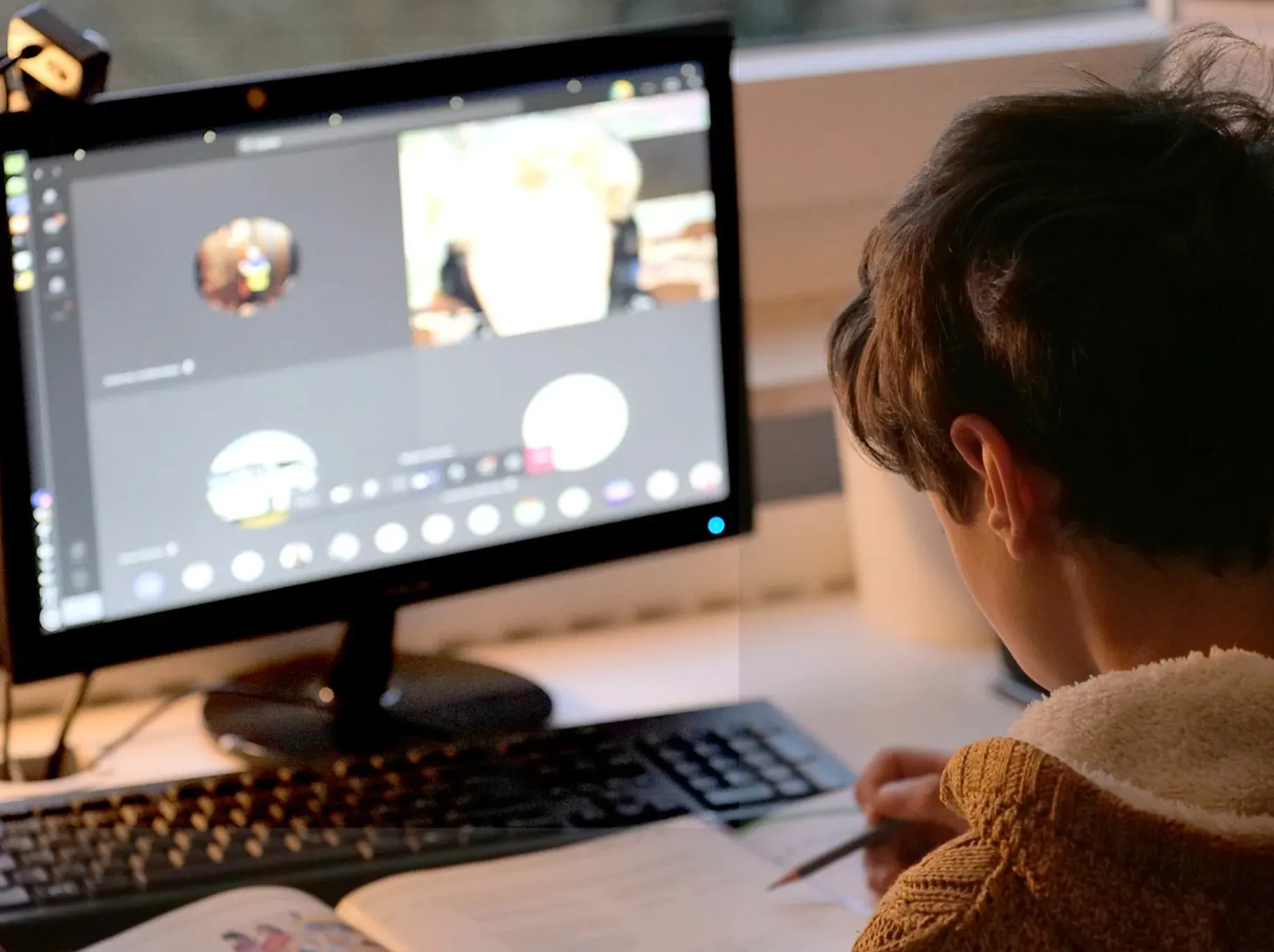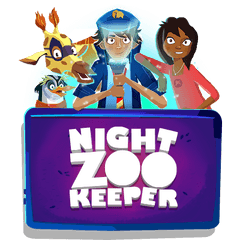What is Hybrid Learning?


Over the past year, working/learning from home has become the norm for most of us – so much so that parents and educators have had to diversify their ways of teaching to keep children motivated and engaged from the comfort of their own homes!
With the return to school (for some of us), a lot of educational institutions have decided to implement a new teaching method – hybrid learning. This is a fairly recent method, however it seems to be something that is here to stay, as it’s been proven to achieve really positive results!
Having said this, one question remains – what exactly is hybrid learning?
Hybrid learning is a combination of in-person and online learning. It consists of teaching in-person and remote lessons simultaneously, whilst also implementing asynchronous online work to supplement the topics studied as a class.
It is believed that hybrid learning merges the strengths of synchronous and asynchronous lessons and activities, in order to provide children with a more well-rounded set of skills. By granting families the ability to have more control over their children’s education, it is suggested that hybrid learning is more efficient and effective than traditional teaching methods.
While this method is very recent, it has shown just how well it works if executed properly. Why don’t we look at some of the benefits of hybrid learning?

Flexibility
Perhaps the best advantage of embracing hybrid learning is the flexibility it provides to the whole family. While online and in-person lessons are often pre-scheduled, asynchronous tasks (such as accessing and completing online resources, conducting research and partaking in projects) can be done at any time and can easily be fit around your personal schedule and lifestyle!
Remote Learning
Hybrid learning offers the opportunity to keep learning from the comfort of your own home. This is especially useful for those of us who are still subjected to some restrictions, as it offers children the chance to keep in touch with their peers and participate in group activities, which would otherwise be difficult to contribute to.
This is also a great option for homeschoolers, as it can simulate the classroom environment, while taking some of the pressure of planning from parents and enabling children to communicate and work with peers, which is great for their social development 🗣
Communication
As previously mentioned, hybrid learning grants children the ability to communicate with fellow peers, as well as with other educators. This is crucial as it can have a significant impact on future social capabilities, especially in earlier years!
Resource Use
This learning style combines the strengths of in-person and online teaching, which indicates that, as a whole, hybrid learning has the potential to be the ultimate way to relay information to children in the most effective way possible.
Hybrid learning uses activities such as discussions, live feedback sessions and group work, which are often associated with in-person teaching and merges them with tasks such as independent research and individual online work to maximise the use of resources in a more logical way.
Academic freedom
This method offers parents and children more academic/educational freedom, as many of the tasks truly encourage independence, prompting children to explore the topics being taught in a more innovative way 🎨
Having more flexibility also plays a big part in children’s academic freedom, as it enables them to learn differently and creatively!

We guess that all that’s left for us to do is to share with you some tips on how to effectively implement hybrid learning to your children’s educational journey!
Technology matters!
One of the most important factors to consider if you’re looking to try out hybrid learning, is the technological resources you have access to. To successfully implement this teaching style, you should ensure that the type of devices available to you are suitable – for example, a laptop or computer would be a better device to use in comparison to a mobile phone or small tablet.
Additionally, having a strong internet connection and access to the software and online educational resources you need in order to access things like remote lessons will really set you up for success!
Work-Life Balance
Traditionally, work-life balance is mostly talked about in a professional setting, however it’s important to consider that children can also struggle to separate studying hours from family/fun time.
If you’re interested in applying this method of learning to your current teaching practices, please ensure that you create a strong and positive working environment – complete with a distinct working space (if you can)! This will help your children to distinguish studying from playtime!
Communicate with your children’s education providers
Make sure to set clear plans with your children and their teacher to ensure that all asynchronous tasks are completed before any in-person lessons. This will allow your children to participate in discussions and receive feedback on their work!
Looking for further guidance? Check out these resources:
How Night Zookeeper can help

With our changing educational environment, hybrid learning can positively impact your children’s success on their educational journey. By using our homeschool language arts curriculum, you can keep your child engaged in an asynchronous setting.
Sign up today to get a FREE 7-day trial!
Got any questions? Email us at [email protected]. Follow us on social media for more tips, activities, and updates:


Make Reading & Writing Fantastically Fun!
- Award-winning reading & writing program for kids
- Improves spelling, grammar, punctuation & vocabulary
- Over 1,000 different learning games and activities


The Best Homeschooling Tips for Parents


How to Homeschool and Work From Home


How To Organize Your Homeschool Day


